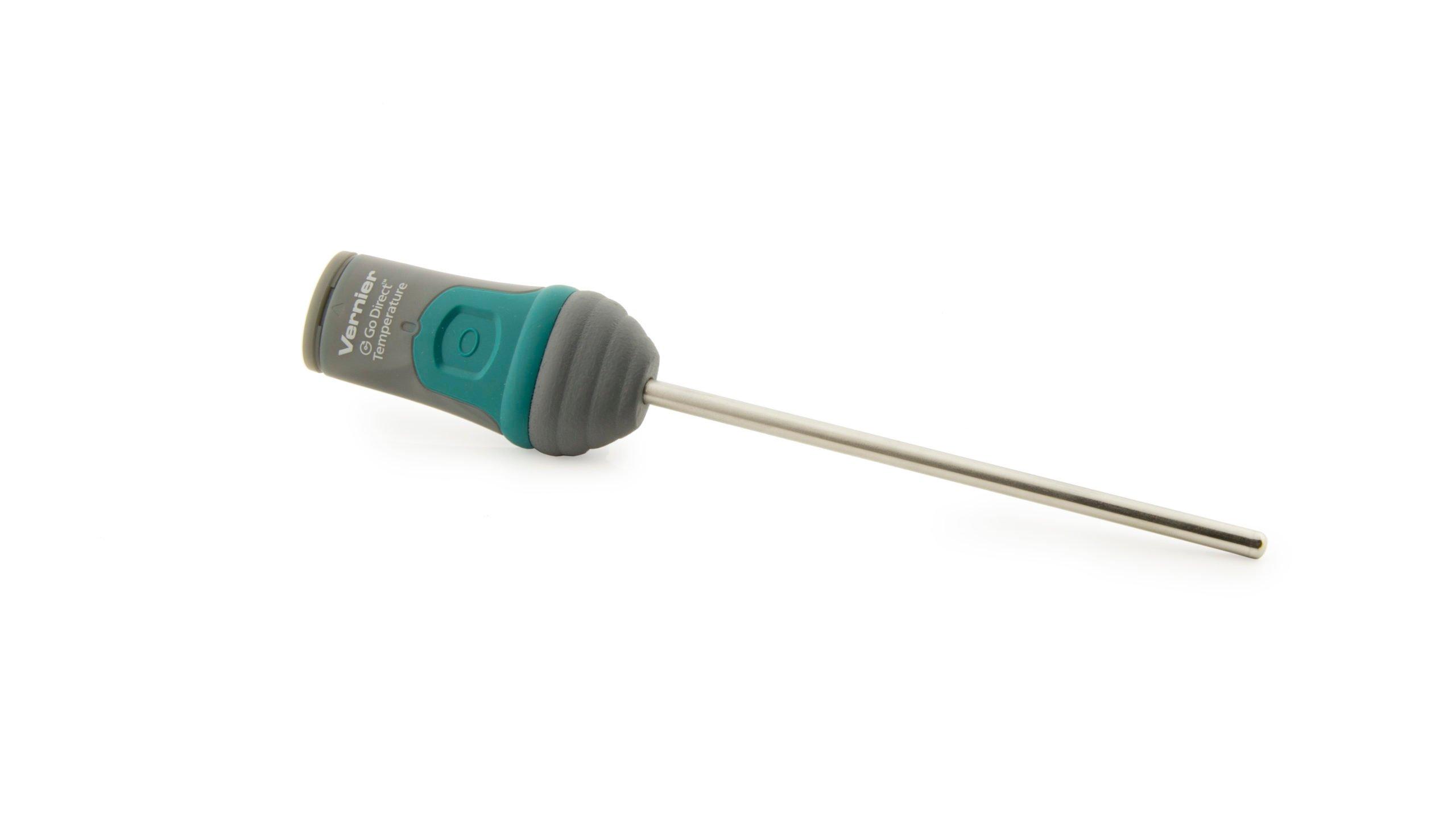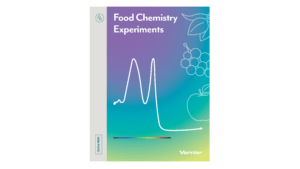Introduction
We consume food to get the energy necessary to run our bodies. Different foods contain different amounts of energy. In the United States, the energy in food is measured in Calories (which are actually kilocalories, indicated by the capital “C”); in the rest of the world, people use kilojoules (kJ).
What is in food that provides the energy? How do you measure the amount of energy in food?
In this activity you will be using a process called calorimetry to determine the amount of energy in different foods. You will burn measured quantities of different foods. The energy released will be used to increase the temperature of a known mass of water.
Once you know the change in temperature for the amount of water you used, you can calculate the amount of heat energy that went into the water using a well known equation
q = mCp ∆T
where Q is the heat energy, m is the mass of the water, ∆T is the change in temperature and Cp is the specific heat of water, 4.18 J/gºC. This means that 4.18 joules of energy is required to increase the temperature of each gram of water by 1 degree Celsius.
You will then use the amount of heat produced and the mass of the food burned to determine the energy content, in kilojoules per gram, and energy per serving for each food you test.
Objectives
- Determine the energy released from various foods as they burn.
- Look for patterns in the amounts of energy released during burning of different foods.
Sensors and Equipment
This experiment features the following sensors and equipment. Additional equipment may be required.
Correlations
Teaching to an educational standard? This experiment supports the standards below.
- International Baccalaureate (IB) 2025/Chemistry
- Reactivity 1.2.3—Standard enthalpy changes of combustion, ΔHc⦵, and formation, ΔHf⦵, data are used in thermodynamic calculations.
Ready to Experiment?
Ask an Expert
Get answers to your questions about how to teach this experiment with our support team.
- Call toll-free: 888-837-6437
- Chat with Us
- Email support@vernier.com
Purchase the Lab Book
This experiment is #01 of Food Chemistry Experiments. The experiment in the book includes student instructions as well as instructor information for set up, helpful hints, and sample graphs and data.


